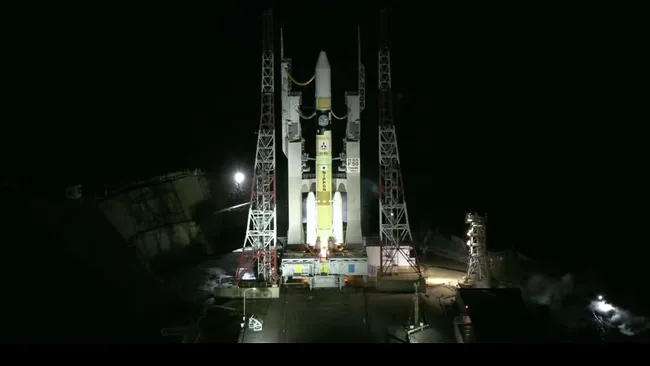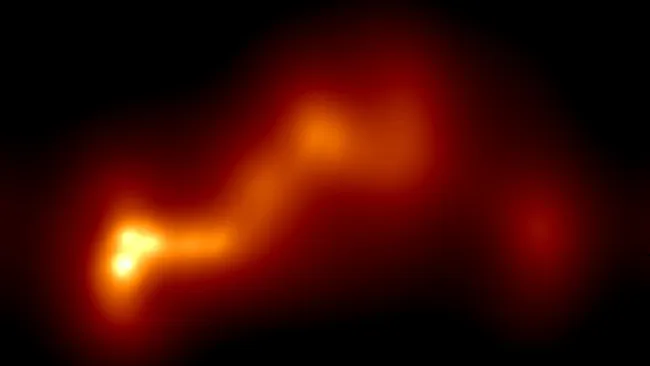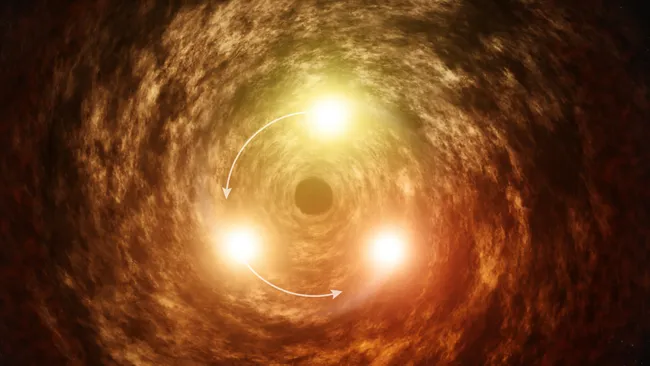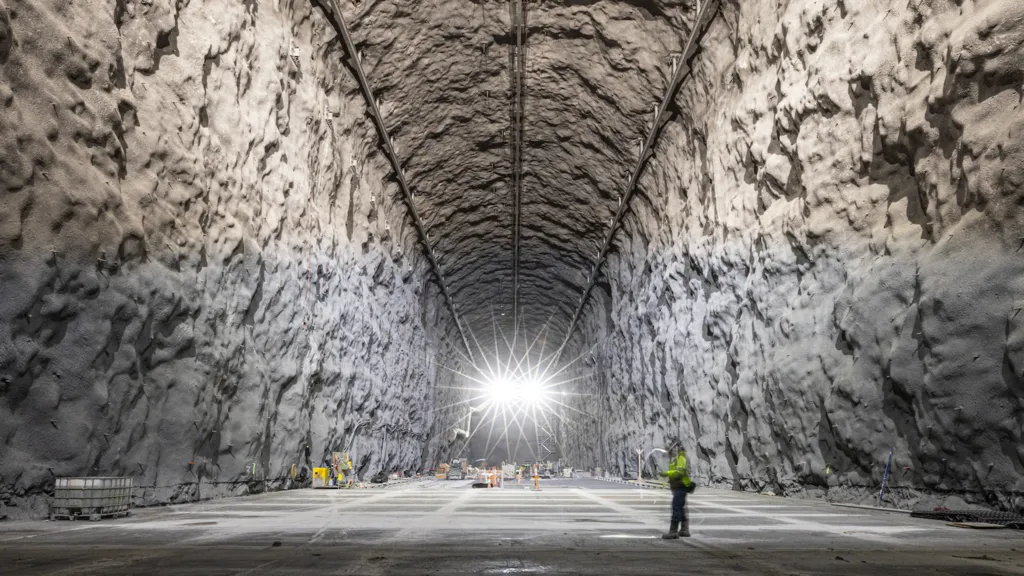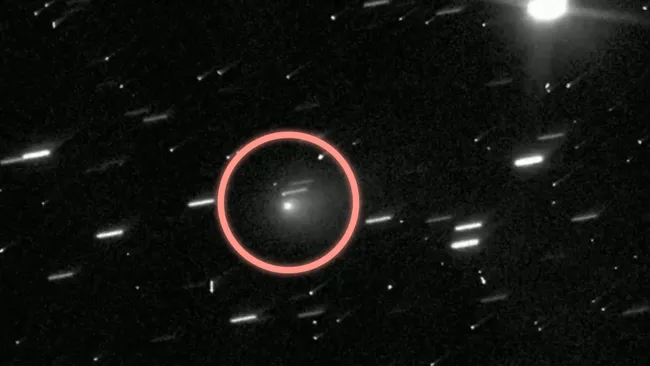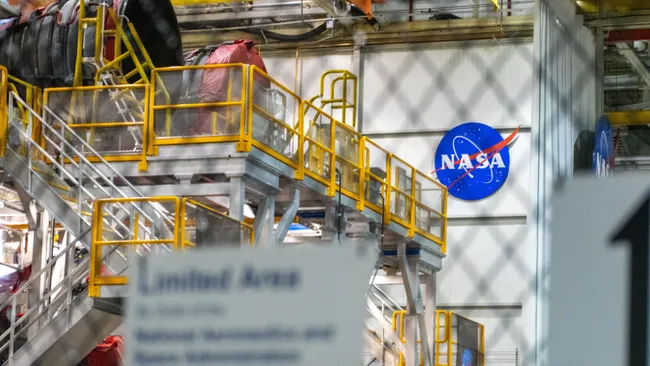Japan’s space agency JAXA has officially retired its H-2A rocket after 23 years of service, launching the GOSAT-GW satellite into orbit on its final mission. The launch took place on Saturday, June 28, at 12:33 p.m. EDT (1:33 a.m. JST, June 29) from Tanegashima Space Center.
The mission marks the 50th and final flight of the H-2A rocket, a cornerstone of Japan’s space program known for its remarkable 98% success rate. Developed by Mitsubishi Heavy Industries, H-2A has played a key role in Japan’s space exploration efforts, including missions to Venus and the Moon.
What Is GOSAT-GW?
The Greenhouse Gas and Water Cycle Observation Satellite (GOSAT-GW) is Japan’s latest Earth-observing satellite designed to track greenhouse gases and global water cycles. It now joins predecessors GCOM-W2 (“SHIZUKU”), launched in 2012, and GOSAT-1 (“IBUKI”), launched in 2009.
GOSAT-GW carries two critical instruments:
- AMSR (Advanced Microwave Radiometer): Monitors sea surface temperatures and global water cycle changes.
- TANSO (Greenhouse Gases Observation Sensor): Tracks carbon dioxide and other atmospheric gases to analyze climate change.
End of an Era
Since its debut in 2001, the H-2A has launched dozens of satellites into Earth orbit and beyond, including Akatsuki, Japan’s Venus orbiter, in 2010. Despite a single launch failure over two decades, H-2A remained one of the most reliable medium-lift launch vehicles globally.
With this final mission completed, JAXA will now transition to the H3 rocket, a newer and more cost-efficient vehicle designed to carry forward Japan’s launch capabilities into the next generation.
The success of GOSAT-GW’s deployment ensures continued monitoring of critical climate indicators, as Japan reaffirms its commitment to environmental science and space innovation.

